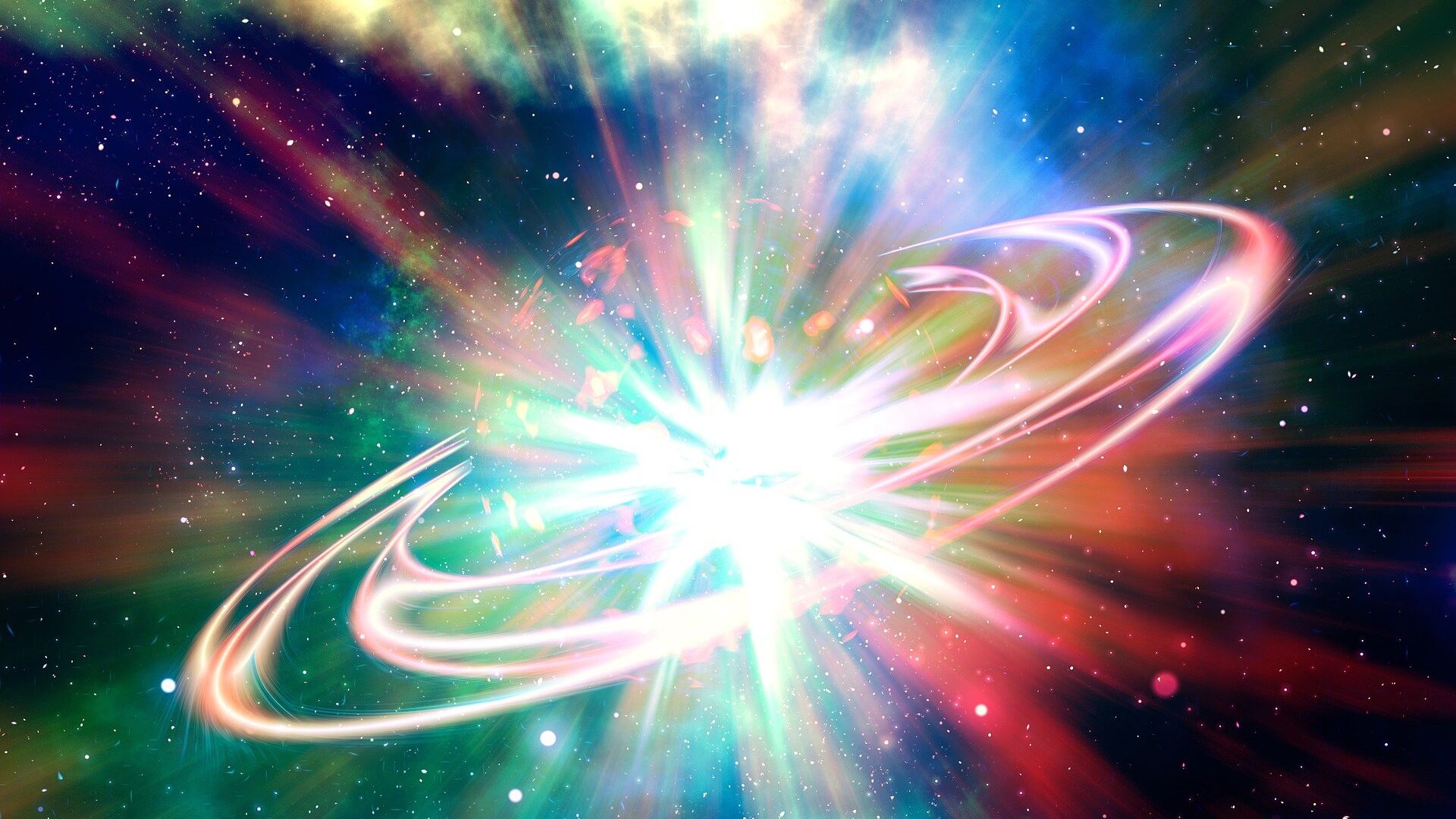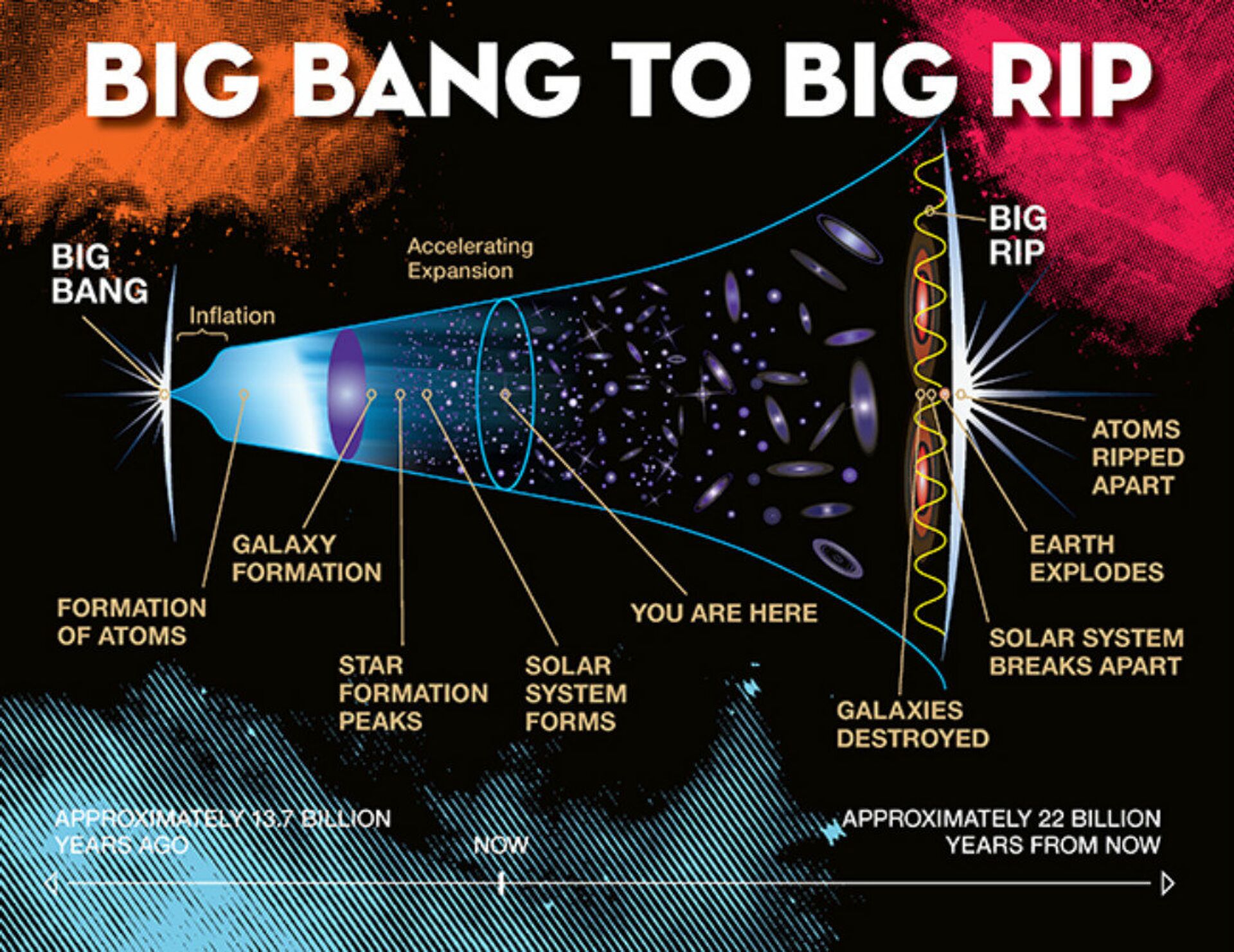https://sputnikglobe.com/20220608/cosmologists-draw-up-plans-to-find-gravitational-waves-from-universes-early-expansion-1096103502.html
Cosmologists Draw Up Plans to Find Gravitational Waves From Universe’s Early Expansion
Cosmologists Draw Up Plans to Find Gravitational Waves From Universe’s Early Expansion
Sputnik International
Although German physicist Albert Einstein initially theorized the existence of gravitational waves in his general theory of relativity in 1916, he later... 08.06.2022, Sputnik International
2022-06-08T00:00+0000
2022-06-08T00:00+0000
2022-06-08T00:00+0000
gravitational waves
astronomy
big bang
cosmology
https://cdn1.img.sputnikglobe.com/img/106218/58/1062185856_0:42:1921:1122_1920x0_80_0_0_c36fe07102e093f02c6bb5881ec0de84.jpg
According to a new paper published in the Astrophysical Journal, researchers believe they have found a new way to pierce through telescope signal contamination and nearly double the amount of data that can be collected about elusive Cosmological Gravitational Waves (CGWs).The research is the product of a collaboration between the International School for Advanced Studies (SISSA) in Trieste, Italy, and POLARBEAR, a mission to study Cosmic Microwave Background polarization at the University of California, Berkeley."This process, known as Inflation, produced Cosmological Gravitational Waves (CGW) that can be detected through the polarization of the Cosmic Microwave Background (CMB), the leftover radiation from the Big Bang. The POLARBEAR experiment, which SISSA is part of, looks for such signals using the Huan Tran Telescope in the Atacama Desert of northern Chile in the Antofagasta Region,” he said.The researchers figured out that by applying a new correction algorithm to data collected by the observatory, they could remove much of the signal contamination caused by galactic gas.Cosmic microwave background radiation, another signal remnant from the birth of the universe roughly 13.8 billion years ago, has been known since it was accidentally discovered in 1965 by scientists who blocked out all Earth-made radio waves and pointed their receivers to the skies. Gravitational waves, however, have proven a good deal more elusive, not being directly observed until 2015, when two black holes collided and merged. Thus, those waves left over from the birth of the universe, when all matter exploded outward from a collapsed ball and the laws of physics applied to matter for the first time, are all the harder to spot."All these efforts will lead to the ultimate measurement of CGWs, revealing at the same time most important clues about the Dark Energy and Matter cosmological components," Baccigalupi said. "Through the main mission of SISSA as a Ph.D. school, training students to become young researchers, our Institute is and will be contributing significantly to the main contemporary challenges for Physics, as the present one, targeting Gravitational Waves from a tiny fraction of a second after the Big Bang."
Sputnik International
feedback@sputniknews.com
+74956456601
MIA „Rossiya Segodnya“
2022
Sputnik International
feedback@sputniknews.com
+74956456601
MIA „Rossiya Segodnya“
News
en_EN
Sputnik International
feedback@sputniknews.com
+74956456601
MIA „Rossiya Segodnya“
Sputnik International
feedback@sputniknews.com
+74956456601
MIA „Rossiya Segodnya“
gravitational waves, astronomy, big bang, cosmology
gravitational waves, astronomy, big bang, cosmology
Cosmologists Draw Up Plans to Find Gravitational Waves From Universe’s Early Expansion
Although German physicist Albert Einstein initially theorized the existence of gravitational waves in his general theory of relativity in 1916, he later rejected his own ideas and dismissed the possibility they could exist. The elusive waves were only observed for the first time in 2015.
According to a
new paper published in the Astrophysical Journal, researchers believe they have found a new way to pierce through telescope signal contamination and nearly double the amount of data that can be collected about elusive Cosmological Gravitational Waves (CGWs).
The research is the product of a collaboration between the International School for Advanced Studies (SISSA) in Trieste, Italy, and
POLARBEAR, a mission to study Cosmic Microwave Background polarization at the University of California, Berkeley.
"According to the current understanding in Cosmology, just after the Big Bang, the Universe was very small, dense and hot. In 10-35 seconds, it stretched by a factor of 1030," Carlo Baccigalupi, coordinator of the Astrophysics & Cosmology group at SISSA, explained in a Monday news release.
"This process, known as Inflation, produced Cosmological Gravitational Waves (CGW) that can be detected through the polarization of the Cosmic Microwave Background (CMB), the leftover radiation from the Big Bang. The POLARBEAR experiment, which SISSA is part of, looks for such signals using the Huan Tran Telescope in the Atacama Desert of northern Chile in the Antofagasta Region,” he said.
In other words, scientists are looking for remnant information leftover from the early moments of the universe, which is still detectable because of the universe’s steady expansion since then.
The researchers figured out that by applying a new correction algorithm to data collected by the observatory, they could remove much of the signal contamination caused by galactic gas.
"They are very difficult to measure, in particular, because of the contamination of the signal due to the emissions of the diffuse Galactic gas. This must be removed with exquisite accuracy to isolate the unique contribution of CGWs,” explained Nicoletta Krachmalnicoff, researcher at SISSA, and Davide Poletti, previously at the same institute, in the release.
Cosmic microwave background radiation, another signal remnant from the birth of the universe roughly 13.8 billion years ago, has been known since it was accidentally discovered in 1965 by scientists who blocked out all Earth-made radio waves and pointed their receivers to the skies.
Gravitational waves, however, have proven a good deal more elusive, not being directly observed until 2015, when
two black holes collided and merged. Thus, those waves left over from the birth of the universe, when all matter exploded outward from a collapsed ball and the laws of physics applied to matter for the first time, are all the harder to spot.
"All these efforts will lead to the ultimate measurement of CGWs, revealing at the same time most important clues about the Dark Energy and Matter cosmological components," Baccigalupi said. "Through the main mission of SISSA as a Ph.D. school, training students to become young researchers, our Institute is and will be contributing significantly to the main contemporary challenges for Physics, as the present one, targeting Gravitational Waves from a tiny fraction of a second after the Big Bang."


